
6 Tips For Killer Seascape Photography
I spent some of my most formative years as a photographer shooting along the coast, striving to capture it in photos and dodging many a

I spent some of my most formative years as a photographer shooting along the coast, striving to capture it in photos and dodging many a
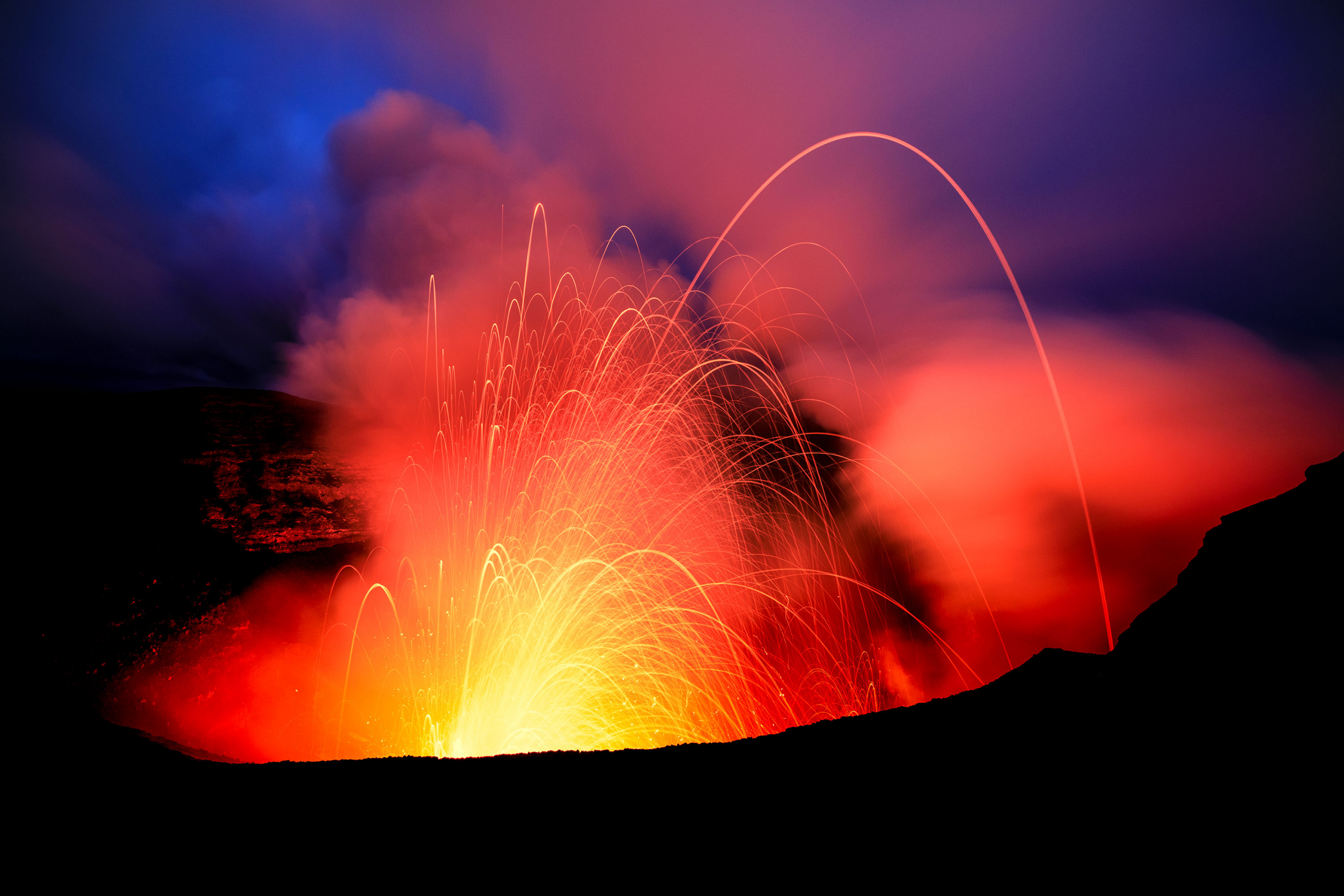
Right. You always gotta be thinking about how you can take things up to the next level. You can’t just rest on your laurels. If
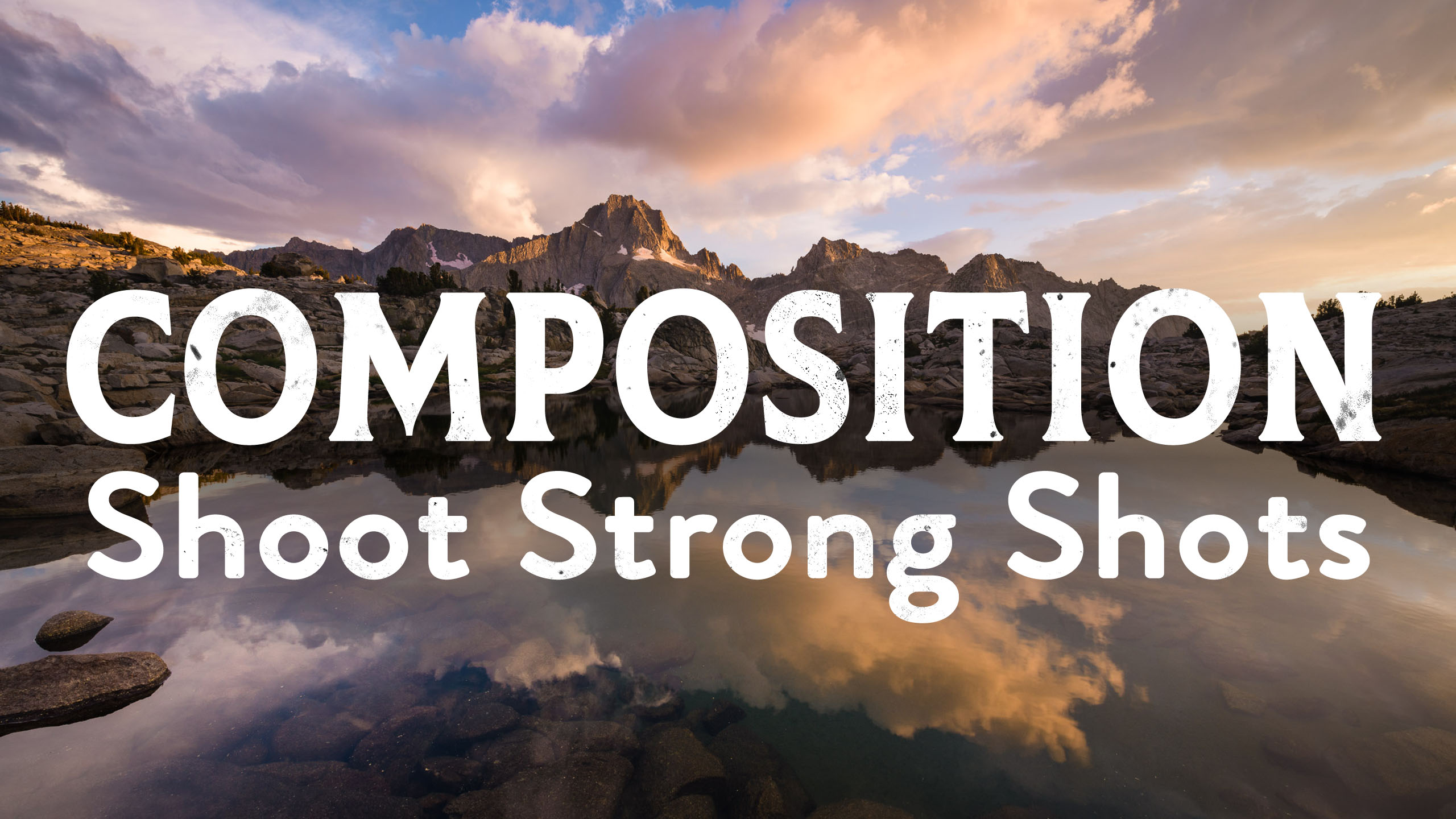
Here’s a question for you: How do you tell captivating stories with your landscape photography that tell your viewers what you want them to know
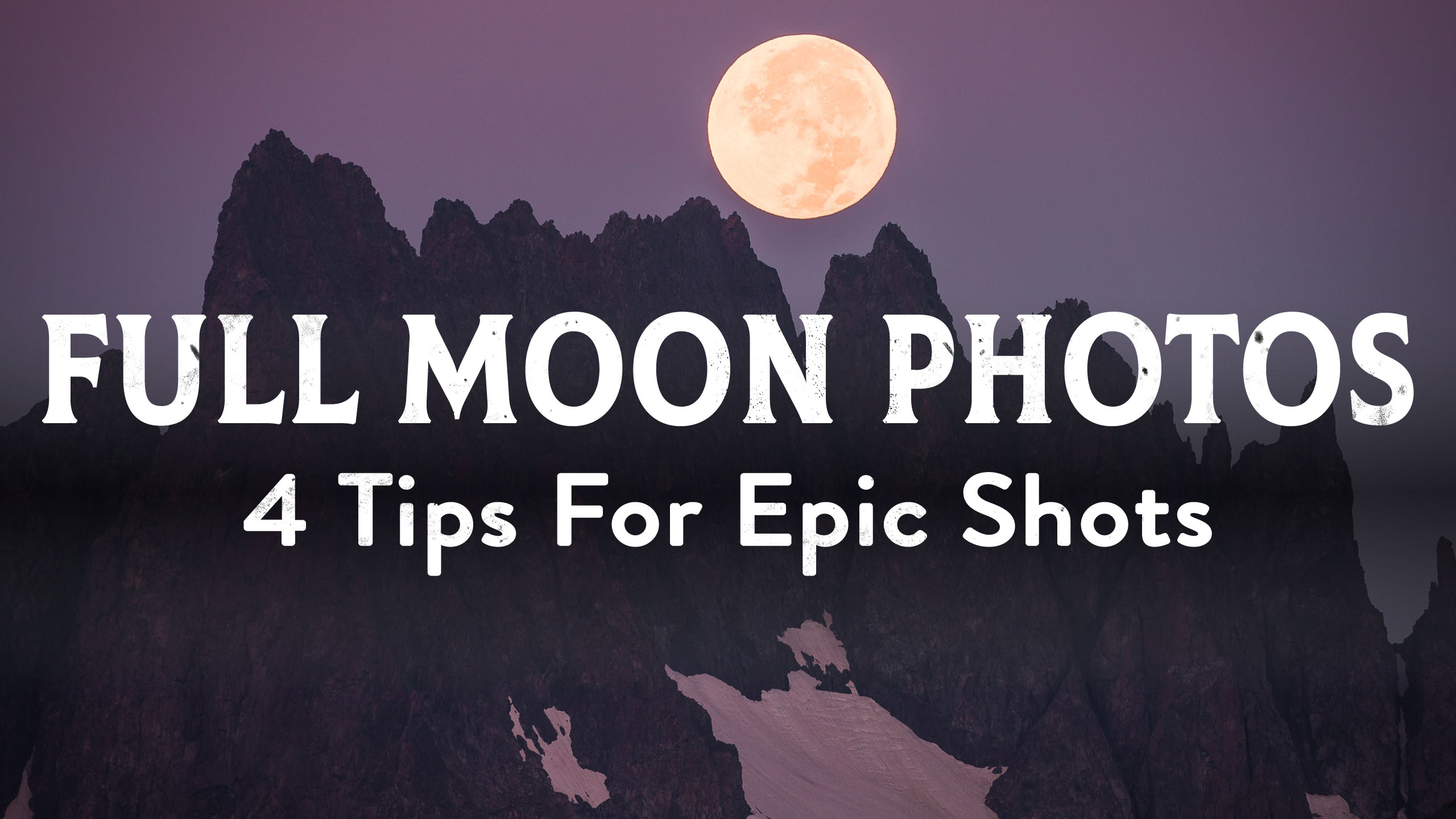
Hello my excellent friends. If you’ve been following me for any amount of time, you know that the full moon is one of my favorite
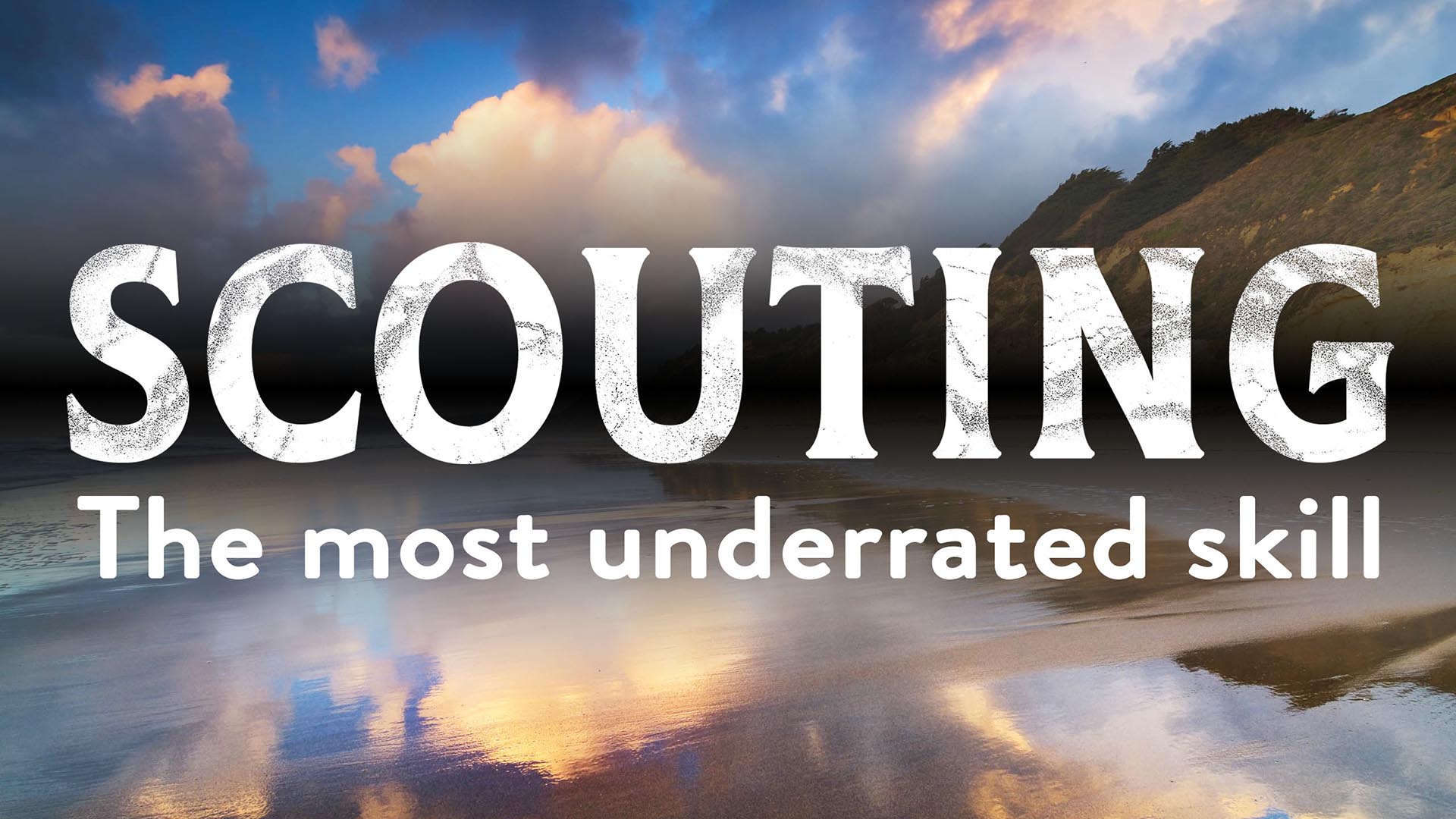
If I could recommend one thing to you that would make the biggest difference in your landscape photography. It wouldn’t be to buy a new
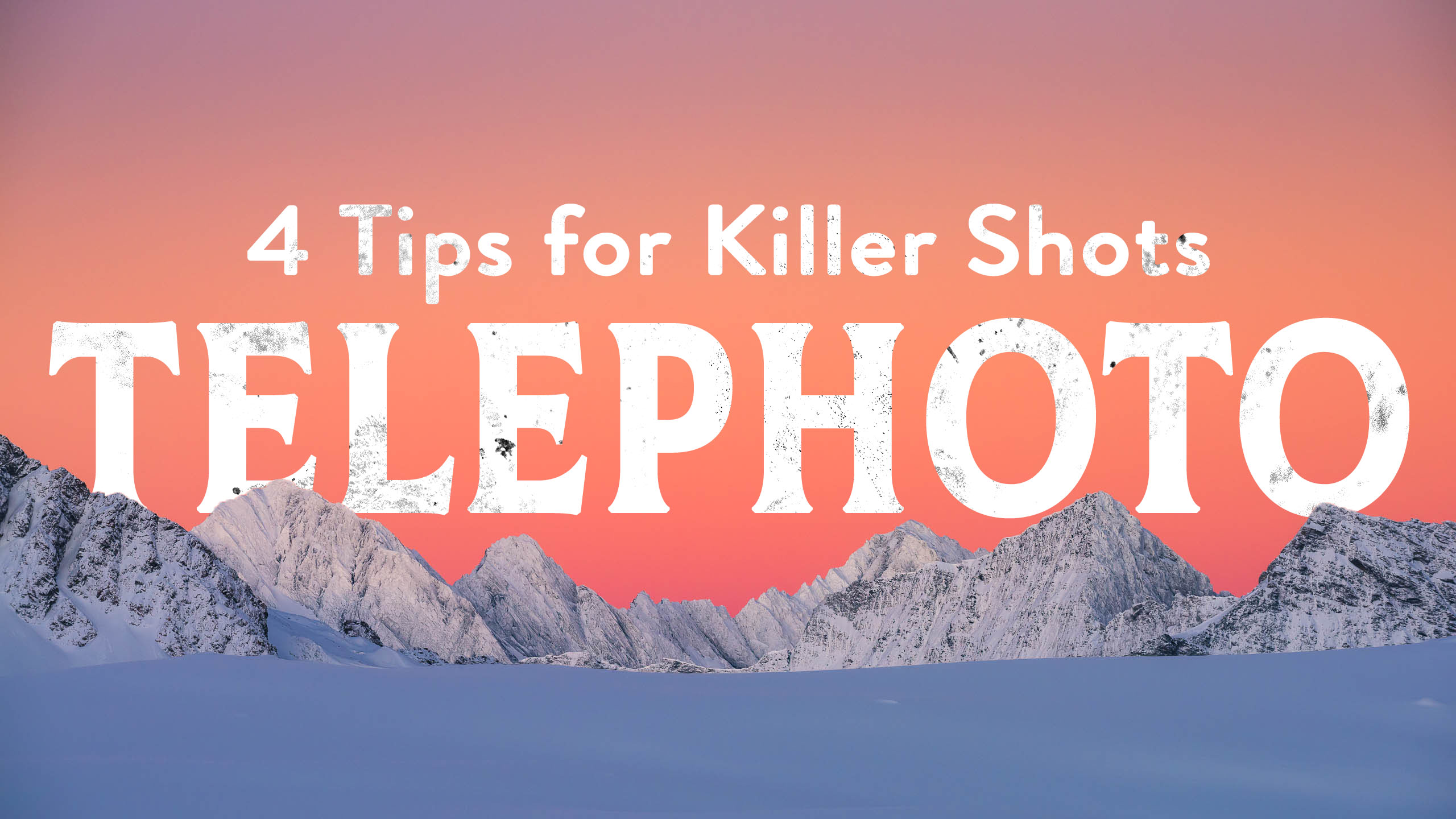
Hey. So as you can see, I’ve got a bunch of lenses lined up here on my desk. And if you had to guess, which
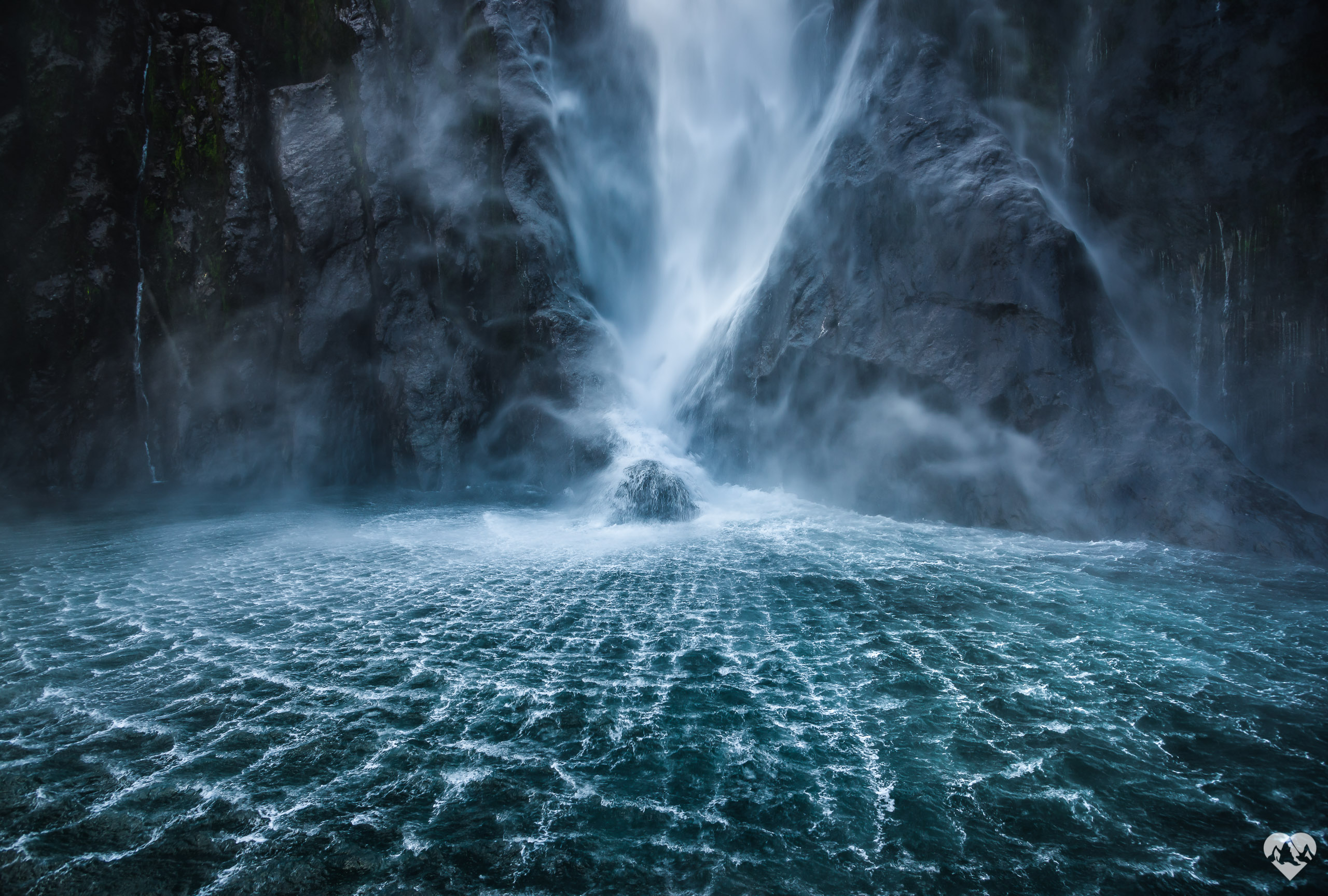
How I Got The Shot: Stirling Falls, New Zealand Behind the Scenes Landscape Photography
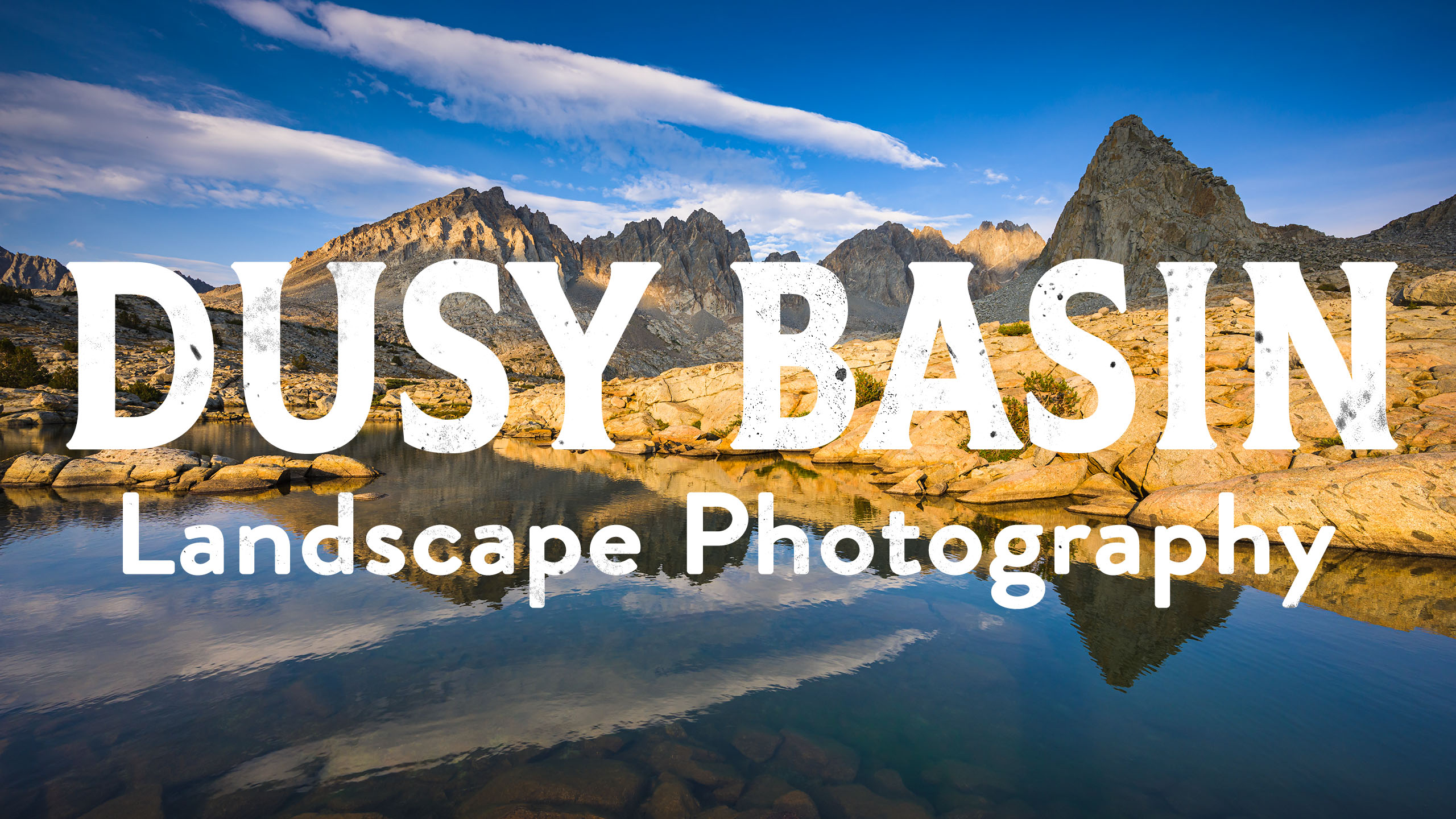
Hey Everybody, it’s Josh Cripps here. And I’m in this place called Dusy Basin, which is in Kings Canyon National Park, my favorite national park

Crap it’s hot. I mean, not here, not here in the mountains. It’s amazing. It’s like 75 degrees. That’s heaven. I’m talking about down in
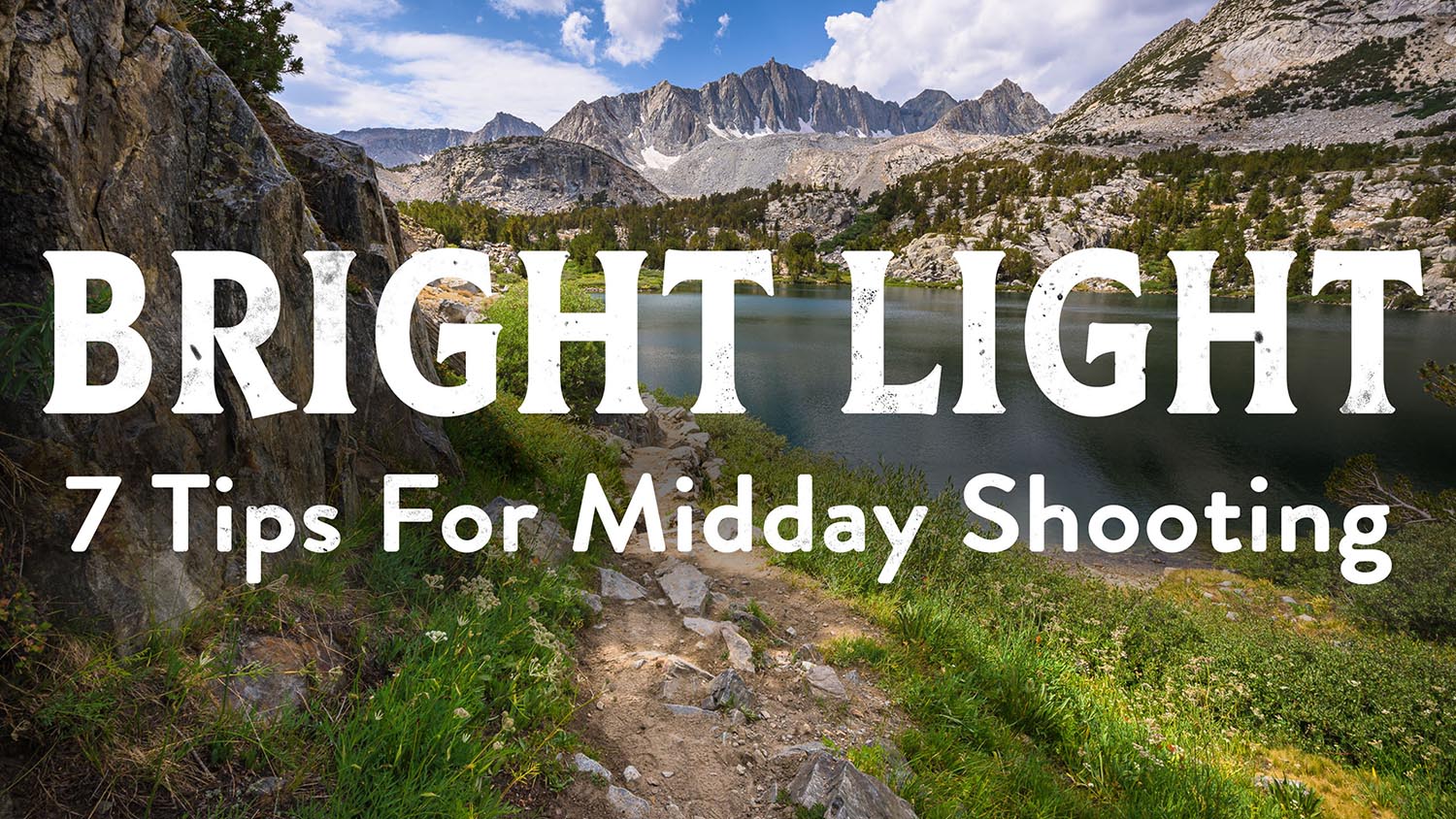
Greetings my excellent friends it’s Josh Cripps here. And I’m back with another landscape photography question of the week. And this week’s question comes to

So over the last couple of months, throughout this whole coronavirus lockdown, I’ve gotten not a small amount of messages from people who have been

Heyo. So today is the full moon. It’s June 5th and I’m actually supposed to be in a place called Independence, California lining up a
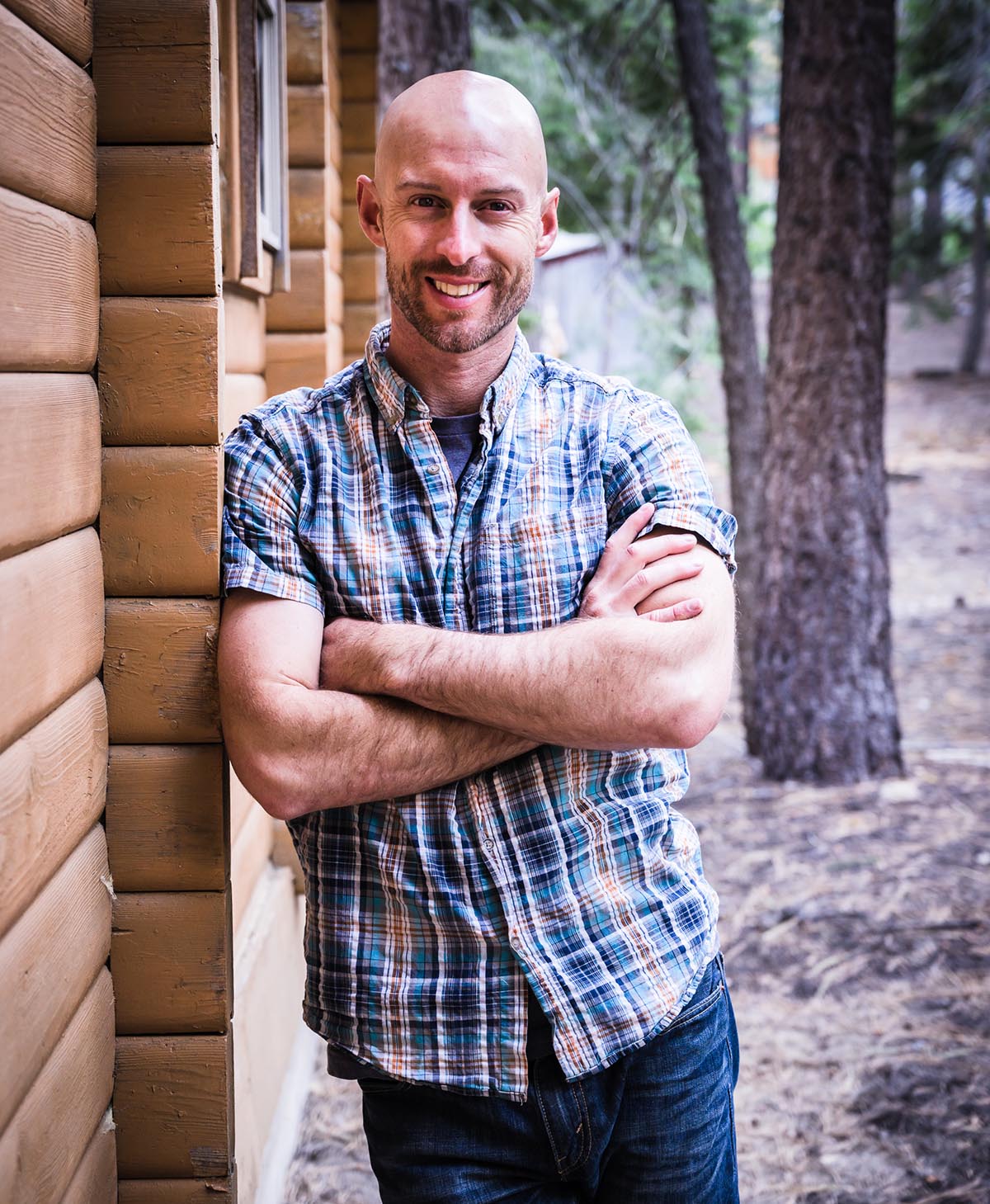
Joshua Cripps is a renowned landscape photographer who has garnered worldwide acclaim for his breathtaking images of our planet’s wild places. His photos have been published by the likes of National Geographic, NASA, CNN, BBC, and Nikon Global.
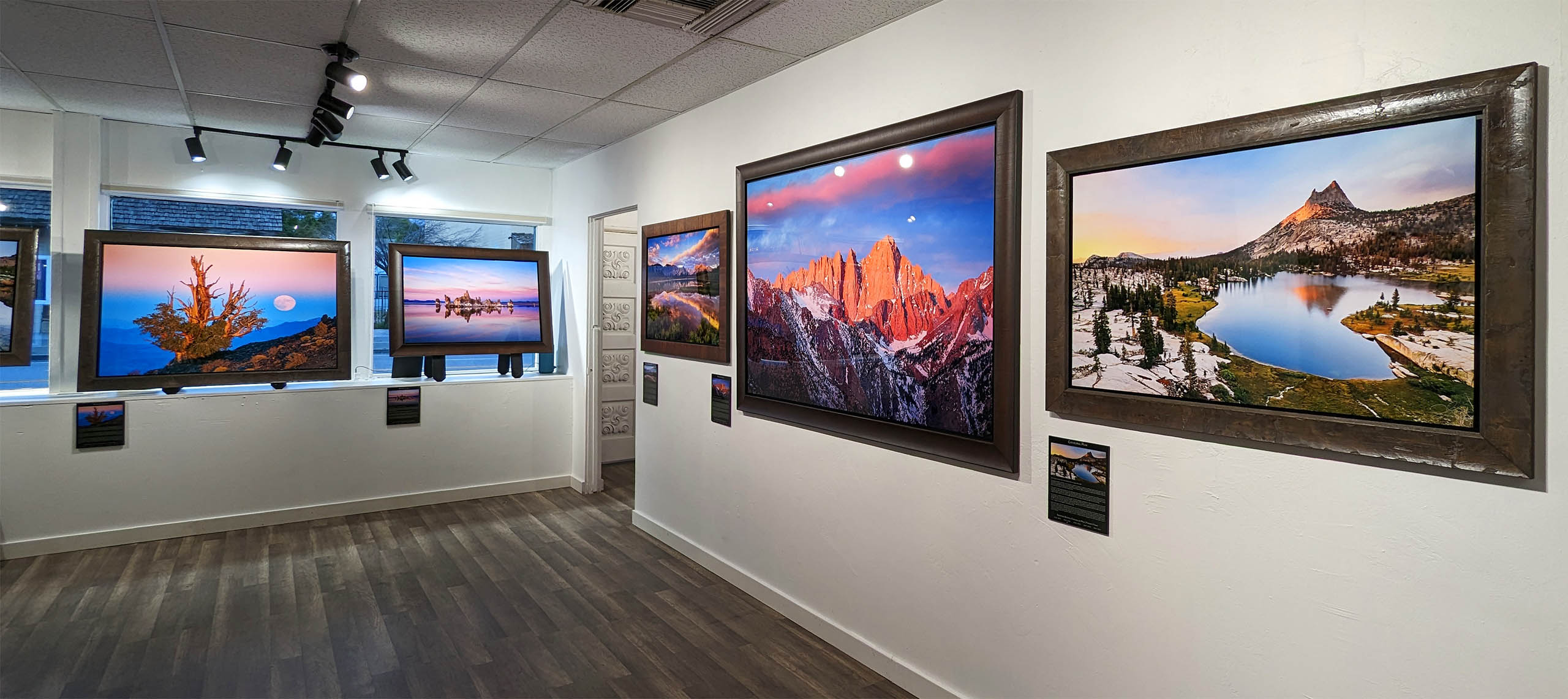
The Mt. Whitney Gallery was founded in 2023 by Joshua Cripps as a way to share his passion stunning landscapes of the Sierra Nevada and beyond.
Set at the foot of the breathtaking Sierra with a view of the range’s highest peaks, the gallery features large format, museum-caliber fine art prints of Josh’s signature photographs.
Course Login | Results Disclaimer | Terms and Conditions | Privacy Policy
© Copyright – Joshua Cripps Photography
Get free tutorials, workshop invites, and exclusive photo tour updates delivered to your inbox.
📷 Easy-to-follow video and written tutorials
🌄 Early access to photo tours & workshops
🧭 Pro tips from real-world shooting experience
No spam. Unsubscribe anytime.
